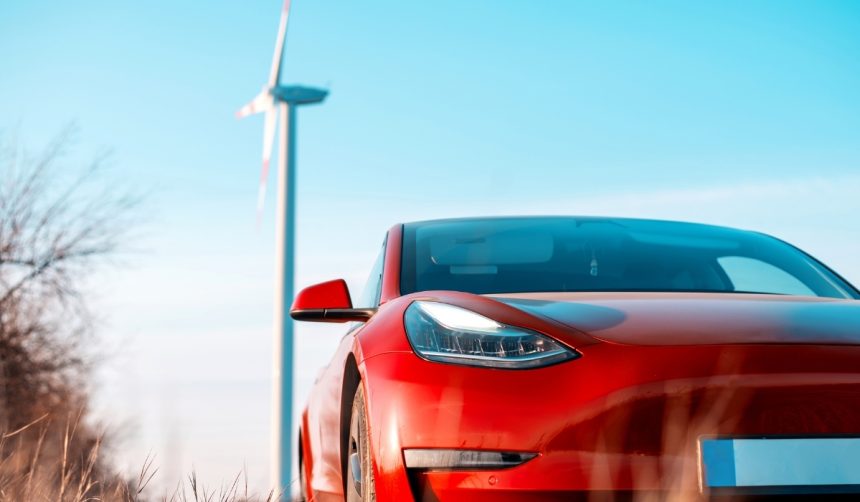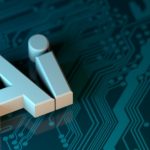Regulatory shifts in the United States are setting the stage for significant developments in autonomous vehicles, with immediate impacts on Tesla and its Robotaxi initiative. As the company prepares to introduce its Robotaxi platform, federal authorities are reconsidering long-held safety standards and application processes that have previously limited the deployment of self-driving vehicles. The pending adjustments could not only affect Tesla’s timeline but also influence the strategies of other manufacturers in the automated vehicle sector. Public safety, industry growth, and technological oversight are now at the forefront of this evolving regulatory landscape. These moves reflect a broader trend as industries and authorities worldwide seek workable models for autonomous transportation’s safe deployment.
Comparable discussions about self-driving vehicle regulation in recent years focused on local government permissions and slower federal adaptation. Until now, automakers like Tesla faced lengthy and uncertain exemption procedures, sometimes making national rollouts fragmented and inconsistent. Past reports indicated that delays often resulted from the need for extensive clarification, as current safety statutes were primarily written with conventional vehicles in mind. The current changes mark a clear departure from piecemeal local management toward a nationally streamlined approach, giving companies clearer direction and, potentially, faster response times for autonomy applications.
What Regulatory Changes Are Underway?
The National Highway Traffic Safety Administration (NHTSA) is initiating reforms to its existing vetting and exemption process. Automakers will be able to apply for federal exemptions under Part 555 of the National Traffic and Motor Vehicle Safety Act, allowing deployment of vehicles that do not conform to certain Federal Motor Vehicle Safety Standards (FMVSS) for up to three years. Tesla’s Robotaxi, which is expected to feature models such as the Cybercab that lack traditional driving controls, stands to benefit. The NHTSA’s efforts include clarifying the requirements for exemption proposals and providing more comprehensive application instructions, a step intended to reduce delays and uncertainties for applicants.
How Will Oversight of Autonomous Vehicles Evolve?
Under the proposed framework, the NHTSA plans to implement enhanced and ongoing supervision of vehicles that receive exemptions, tailoring oversight to match advancements in autonomous technology. The agency will structure conditions through formal communications, which can evolve as technology and industry practices shift. This continuous review aims to address unique operational risks of autonomous vehicles while supporting industry growth. By doing so, NHTSA intends to establish a method of oversight that is more adaptive than conventional rules, keeping regulatory practices responsive to rapid developments.
What Impact Will These Changes Have on Tesla and the Industry?
Tesla is positioned for a potential advantage from the updated exemption program because of its readiness to launch Robotaxi in the near term. Other companies pursuing autonomous fleets may also benefit from improved clarity and reduced application times, but Tesla’s relatively advanced status could allow it to capitalize immediately. The program could accelerate pilot projects and commercial deployments not just for Tesla, but also for any automaker able to satisfy the outlined criteria.
NHTSA may grant a Part 555 exemption if at least one of four bases listed in the statute is met and NHTSA determines that the exemption is consistent with the public interest and the Safety Act.
Close monitoring by regulators remains a cornerstone, with continued adjustments ensuring public safety as the adoption of autonomous driving expands.
Federal intervention simplifies previous regulatory hurdles, aiming to adapt legal standards to autonomous designs such as Tesla’s upcoming Robotaxi. The process for manufacturers has evolved from application ambiguity to a more direct and guided route, even as oversight maintains checks on operational safety. Not limited to Tesla, the streamlined procedures signal a willingness by US authorities to nurture the autonomous driving industry while balancing public interest. Measures like the updated Part 555 process reflect the recognition that traditional rules may not adequately address the needs or risks posed by advanced autonomous driving systems.
Understanding these regulatory adjustments allows industry observers and stakeholders to anticipate practical shifts in autonomous vehicle deployment within the United States. The streamlined exemption process under NHTSA’s new policy especially influences forward-thinking manufacturers like Tesla, which are seeking to introduce models such as the Robotaxi and Cybercab without standard controls. Enhanced application guidance and ongoing agency oversight aim to strike the right equilibrium between innovation and safety. For consumers and regulators, ongoing dialogue and transparency will remain essential as autonomous vehicle technology matures. Companies planning entrance into the US market should carefully review the evolving exemption requirements and build compliance measures into their development timelines to avoid unexpected delays or legal barriers. Continuous policy refinement is likely as the technology and its public acceptance advance, so stakeholders must monitor for new product-specific conditions or guidance from NHTSA to maintain operational readiness.










